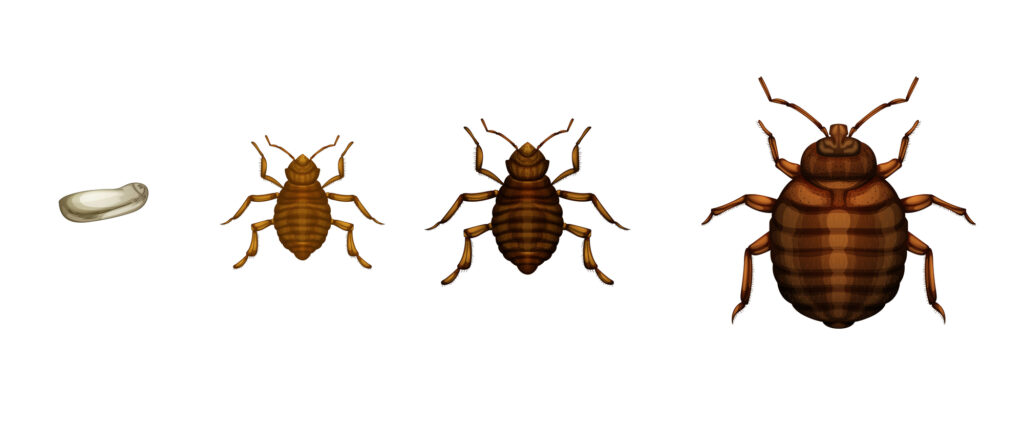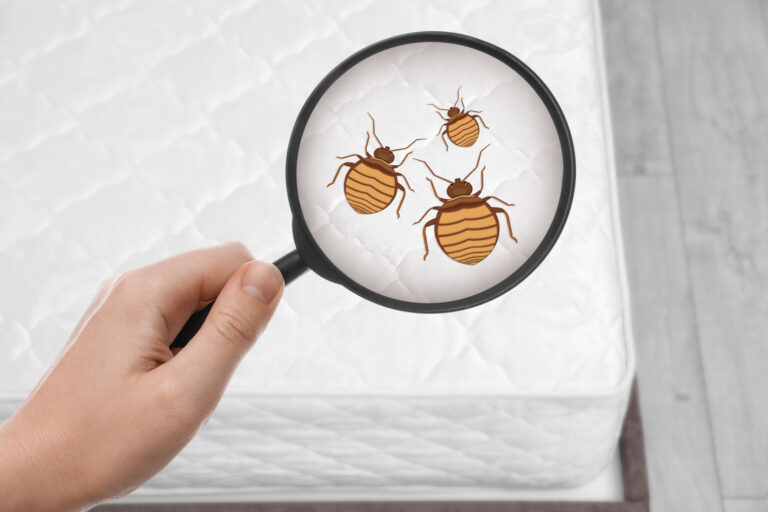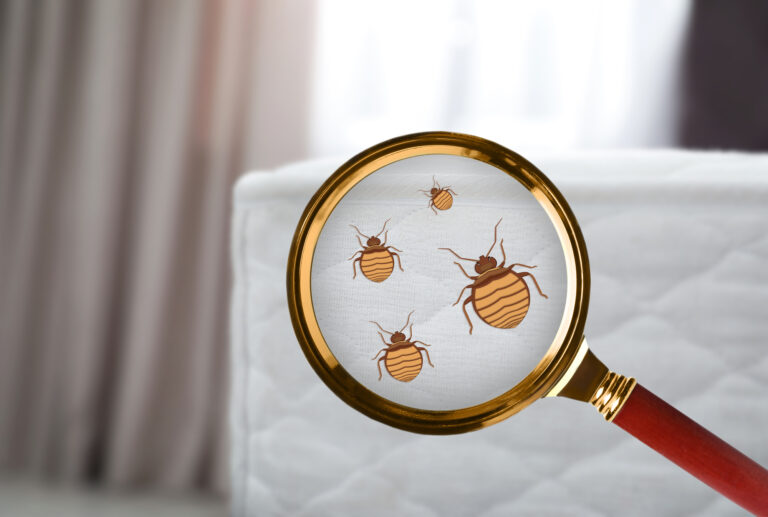Bed bugs are an increasing problem. They’re not just a problem for travelers. If you own a home, there are ways you can protect yourself from bringing home bed bugs on your vacation.
How to Protect Yourself From Bed Bugs
Avoid bringing bed bugs home from vacation. If traveling with a group, keep your luggage away from others. This will help prevent the spread of bed bugs on planes and in hotel rooms because it’s easier for them to spread their eggs when they’re near each other.
Inspect all clothing before bringing it home with you. Bed bugs are usually found within or around seams where clothing touches another object or surface (such as a suitcase). Before unpacking and putting your belongings back into storage again, inspect all linens, including blankets and pillows. Look for signs of infestation so that you can promptly address any issues with them later down the line (such as holes) by removing/replacing infested items as needed without delay!
What Does a Bed Bug Look Like?
Bed bugs are small, flat, and brown. Their bodies are usually less than 1/4 inch long (0.6 centimeters) but can grow to 1 inch (2 centimeters). Their flat abdomen makes them look like an upside-down T with legs attached at the bottom and a head at the top of this upside-down T shape. The bed bug’s six legs help it climb onto surfaces where it spends most of its time. The bed sheets, mattress frames and box springs, wallpaper edges, or other materials where blood from its host is deposited during feeding times throughout the day or night when you’re sleeping peacefully through these infestations!
The bed bug’s head has four eyes arranged in two rows around its face like a human eye would be put in our heads!

How Do You Get Bed Bugs?
Bring bed bugs home on luggage, clothing, furniture, and bedding. You can also bring them home on electronics such as televisions and computers.
If you’re traveling with anything that might have a place to stay covered in bed bugs (like suitcases), take extra precautions when packing it up. Ensure the items are sealed tight so no one else can get at them before you do! Treatments for bed bugs in Atlanta are effective. You can follow them if you have to.
If you’re traveling, it’s essential to know the signs.
If you’re traveling, it’s essential to know the signs. Bed bugs are small, flat, brownish insects that feed on blood and live in cracks and crevices of beds or other places where people sleep. They can be found in hotels, apartments, and other homes where people sleep. They also live on furniture such as couches, chairs, and tables; mattresses; box springs; upholstered headboards; bed frames—even walls!
Bed Bugs thrive in warm temperatures, but they don’t need high humidity like reptiles do (like some snakes). That’s why they tend not to bite humans unless they feel threatened by us (which is rare).
Avoid bringing any textile or wooden items.
If you plan on returning any textile or wooden items from your vacation, here are a few things to remember:
- Avoid getting any fabric, clothing, furniture, or other materials. This means no linen robes, no pillows, and no towels. If possible, and it’s manageable for you (especially if children are involved), try to find out whether the hotel will use dry cleaning services before taking your luggage home. If they don’t offer this service at their establishment, ask them how long after check-out they’ll collect your clothes so you can clean them without having them sit around waiting for someone else’s frame rate and washing machine size issues!
Be sure to keep your luggage away from all other bags.
One of the easiest ways to bring bed bugs home is with your luggage at the airport. Bed bugs like to hide in bags, so even if you’re not bringing anything else with you, be sure to keep all your belongings away from everyone else’s. That way, if anyone has a bag with them that bed bugs have infested, they may be unable to carry around their infestation for long before it spreads through the rest of their belongings and into other bags.
If someone brings some clothes or linens back from vacation without thoroughly checking them first—and especially if they don’t check them at all—the likelihood that there would be any evidence of an infestation increases dramatically. Suppose this happens during an extended stay in a hotel room or other setting where people stay for extended periods (like during football season). In that case, these items could quickly become infected once they’re opened up again after being brought back home.

Inspect all clothing before bringing it home with you.
Before you bring any clothing back from your trip, inspect it for bed bugs. Bed bug bites are often clustered on the same area of your body and look like small dark spots or a rash. These can appear anywhere on your body but are most prevalent in the armpit and groin areas.
If bed bugs have bitten you, washing clothes before wearing them again is usually unnecessary. However, you should clean any items recently worn by someone infested with bed bugs (this includes belts, belts with buckles attached, etc.).
Inspect all linens, including blankets and pillows.
Check for signs of bed bugs. Bed bugs infestations can be difficult to detect, but there are some telltale signs that you should look for:
- Small, reddish-brown fecal spots on sheets, pillowcases, and other linens;
- Dark brown or black spots on the mattress or box spring (if present);
- Eggs in cracks or crevices around your bed frame or headboard;
- Signs of blood transfer from bites to the skin such as tiny red bumps on your body (rash), itching, and swelling at the site where bites occurred
Have your way free of bugs.
Bed bugs are hard to get rid of. They can survive for months without food and water, so avoiding pesticides or harsh chemicals in your home might be a good idea. This means you should also avoid using heat or chemicals not approved for use on bed bugs or humans in general. You can ask professionals that do pest control for bed bugs in Atlanta.
Bed bugs are the most common insects in homes but are also complicated to eliminate. The good news is that careful planning and preparation can prevent your property from becoming infested. We recommend taking these steps before traveling:
- Inspect all bedding, linens, and clothing before bringing them home.
- Keep everything away from other luggage so that none of your belongings will carry any bugs back into your house! This includes placing clothes into a laundry basket or bag before packing them up for travel, too, because this might cause an issue if there is any problem during shipping which could bring unwanted guests into your home.






